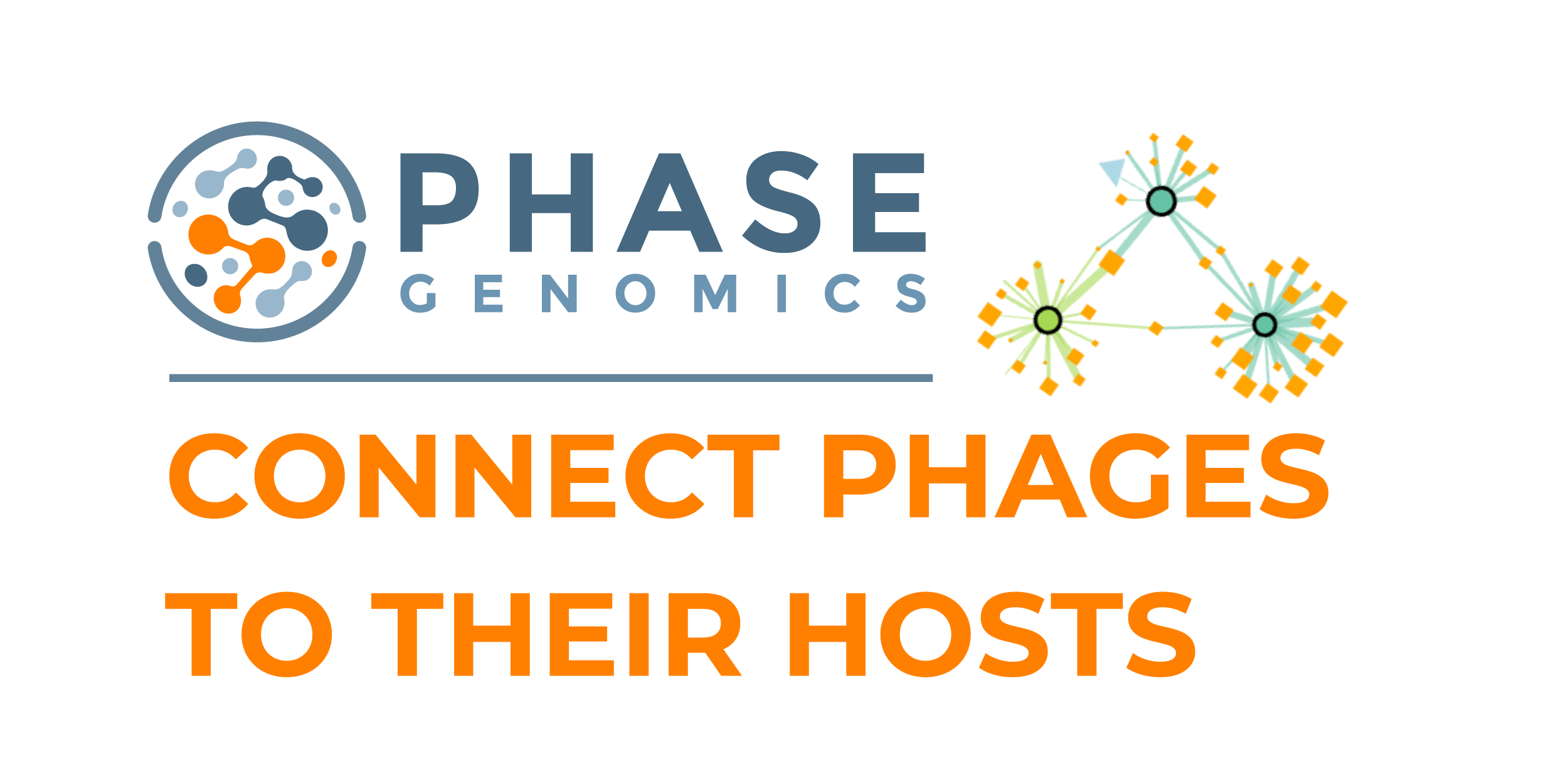Hi everyone,
Spring is upon us! Jess has been focused on her research — a slight deviation from phage therapy into phage therapy — using phages to deliver large genetic payloads as gene therapy. Is that still considered phage therapy? The gene therapy conference was a success, and she’s been going down a few rabbit holes in this new, tangential realm.
Coincidentally, a new article was published in Nature, around the “pivot penalty” in research. Take it with a grain of salt, but from the authors’ analysis of millions of research papers, they conclude that “the further a scientist moves away from the topic of their previous work, the fewer citations their new work will receive.” The paper seems all kinds of flawed, but there’s probably some truth to it. Pivoters, beware. Read more on Nature: https://www.nature.com/articles/s41586-025-09048-1
As for myself, my work at Groq is getting on-track and I’m getting in the groove. I’m back to prototyping and building AI-based research tools. Most of them we still use internally (e.g. I share with Jess to use) as they’re still quite janky, and break a lot. When they work, they really work though. We use some of these tools for Capsid research, and to write issues like Capsid & Tail. My personal goal is to make these reliable enough for Jess to use on a daily basis in her research — at that point I think it would be ready for release!
For this month, here’s what we published:
by Jessica Sacher, Jan Zheng
In this Podovirus podcast recap, Jessica Sacher interviews Jonathan Solomon, CEO of BiomX, about their successful phase 2 clinical trial for diabetic foot osteomyelitis using phage therapy. The trial showed not just microbial effects but actual clinical improvement with statistical significance, with approximately 40% improvement in the phage-treated group and impressive tissue regrowth in patients where bone was exposed. Their approach used a single optimized phage for each patient rather than a cocktail, and demonstrated that targeting only Staph aureus in polymicrobial infections was effective.
by Jessica Sacher
In this Podovirus podcast recap, Jessica interviews phage therapy patient advocate Chris Shaffer about his journey to access phage therapy, and his ongoing advocacy work.
After successfully treating his persistent E. coli infection at the Eliava Institute in Georgia, Chris now helps other patients navigate the challenges of awareness, trust, and access to phage treatments. He draws parallels between the current situation and the early HIV/AIDS crisis, suggesting that patient advocacy groups similar to ACT UP might be needed to increase public demand for phage therapy.
by Jan Zheng
In this post, I outline a few strategies and tools for finding relevant research papers. There’s too many papers getting published (and coincidentally, also too many tools “that use AI” to read those papers) right now. I’ve basically tried them all, and I’ve summarized them here. Some tools are better for finding the right paper to read; others are better for discovering new papers — I lay out all my favorite ones here. Most of them have a free tier, so there’s no excuse not to explore!
by Aaryan Harshith
In this article, Aaryan, our regular guest writer, explores how pipolins (genetic elements that can replicate DNA without primers) can be used for isolation. Current isolation methods are too constrained and selective, so we’re unable to detect most species in our samples. Aaryan then outlines a protocol for implementing pipolin-based PCR for a microbial discovery pipeline. If you’re interested in pipolin-based PCR (pPCR?) you should reach out!
Throwback: For better or worse, it’s been ~5 years and the field is still grappling with this question. With several positive results from BiomX/APT and Armata clinical trials, and some large shifts in the biopharma/biotech realm, this question is probably more pressing than ever!
~ Jan & Jessica






